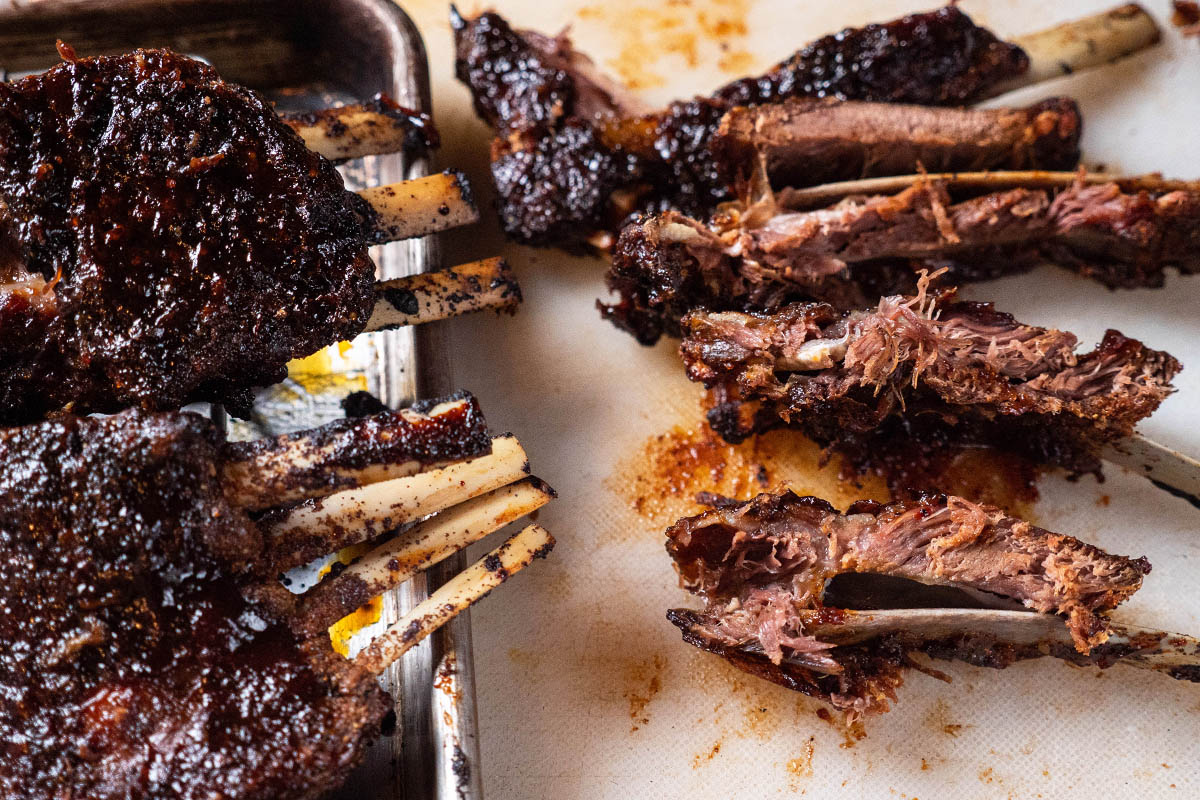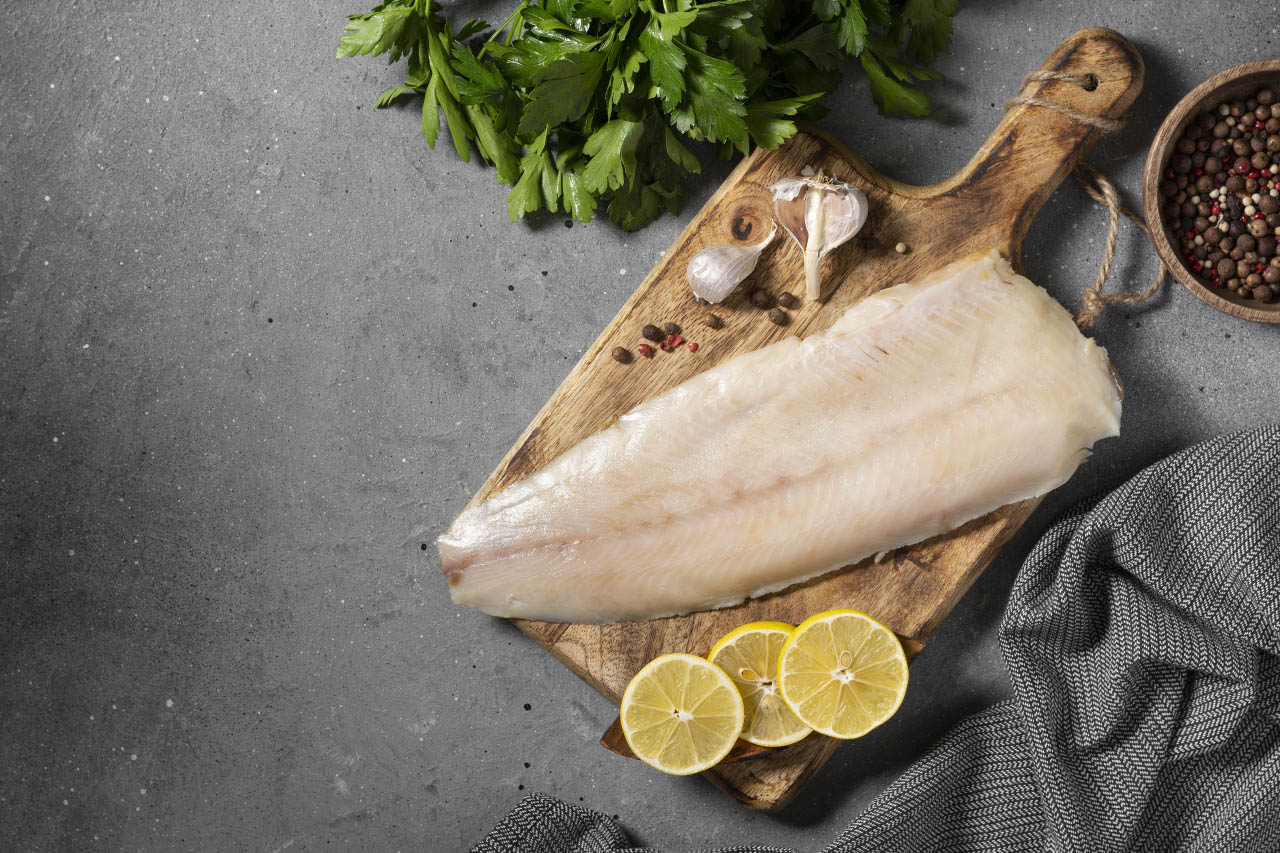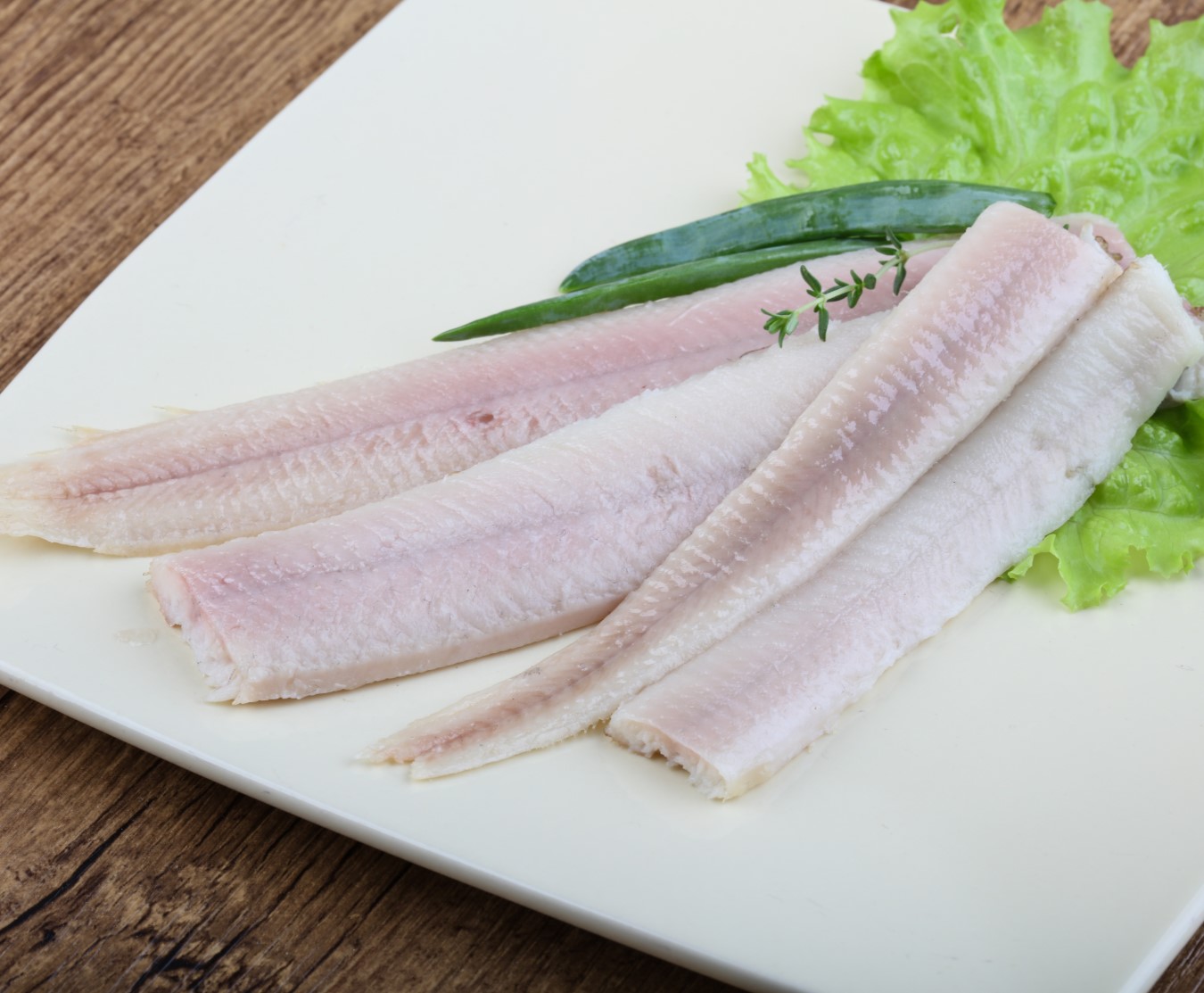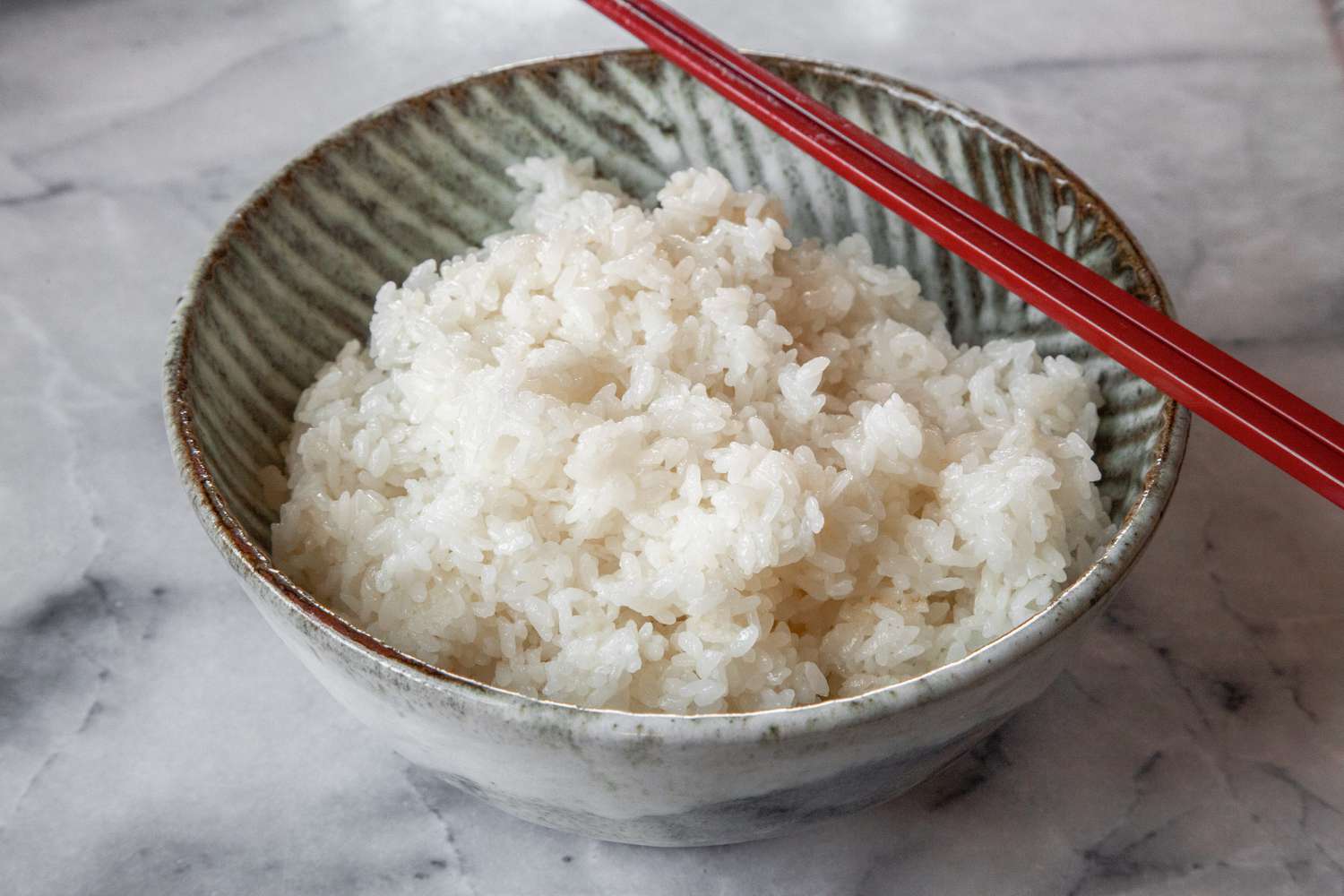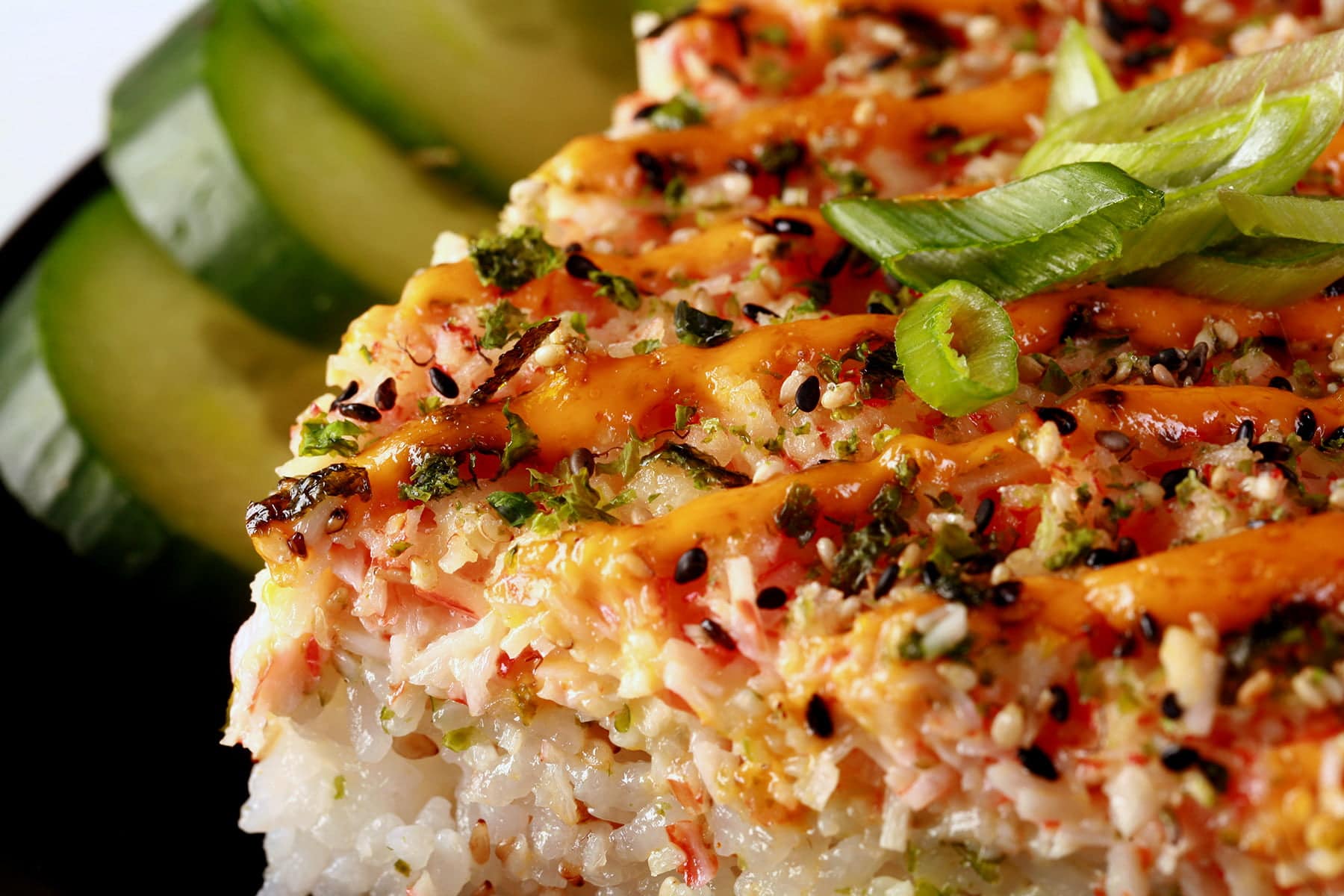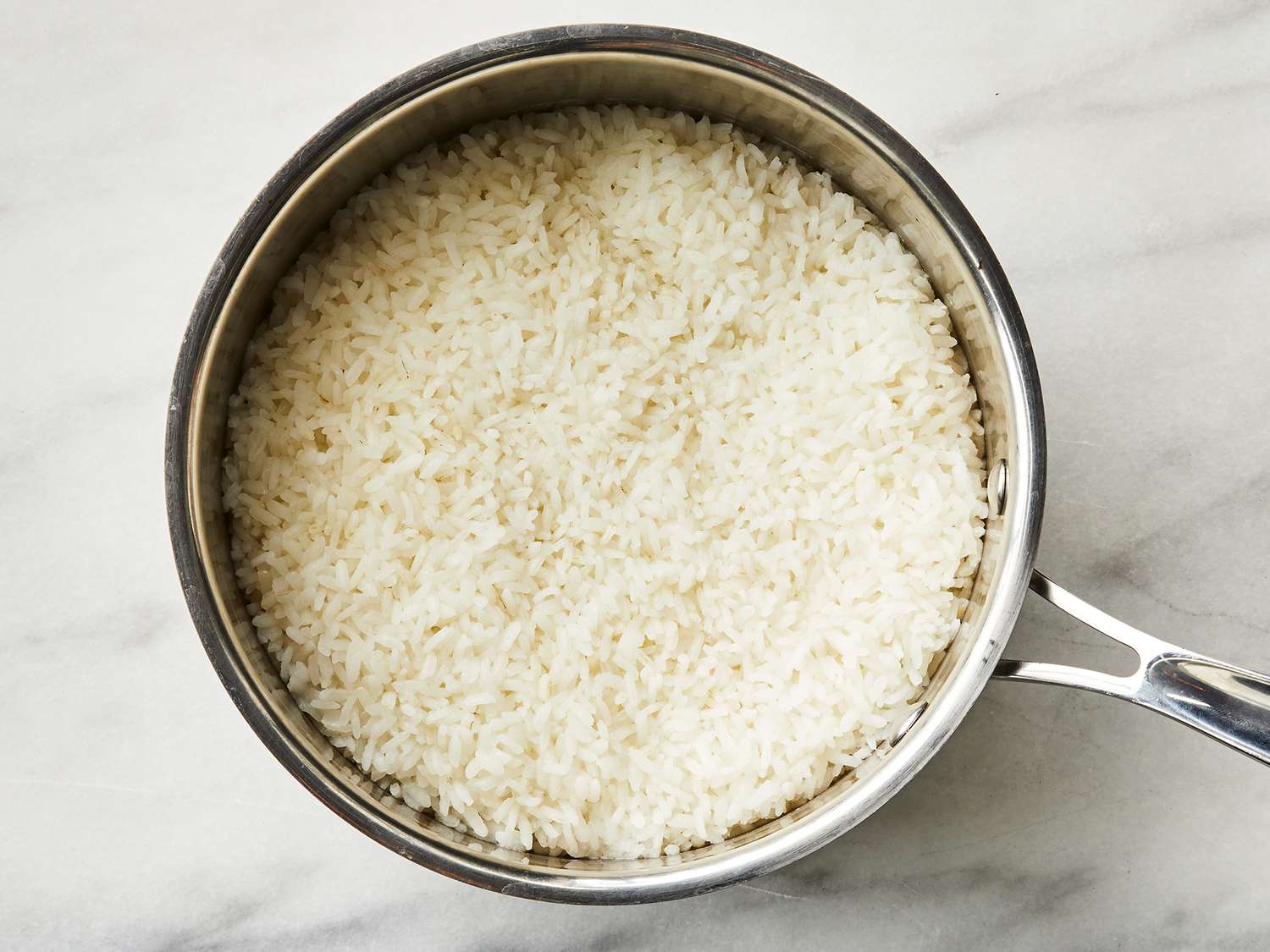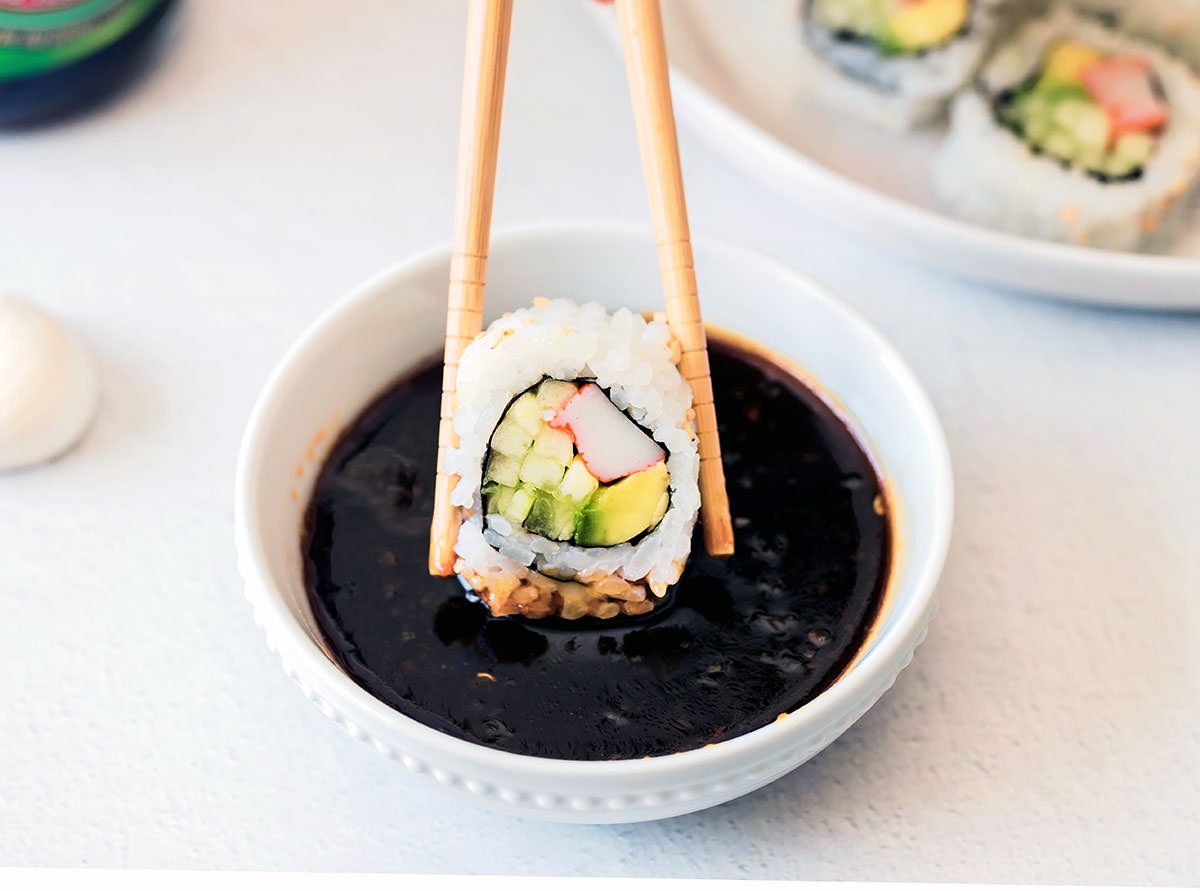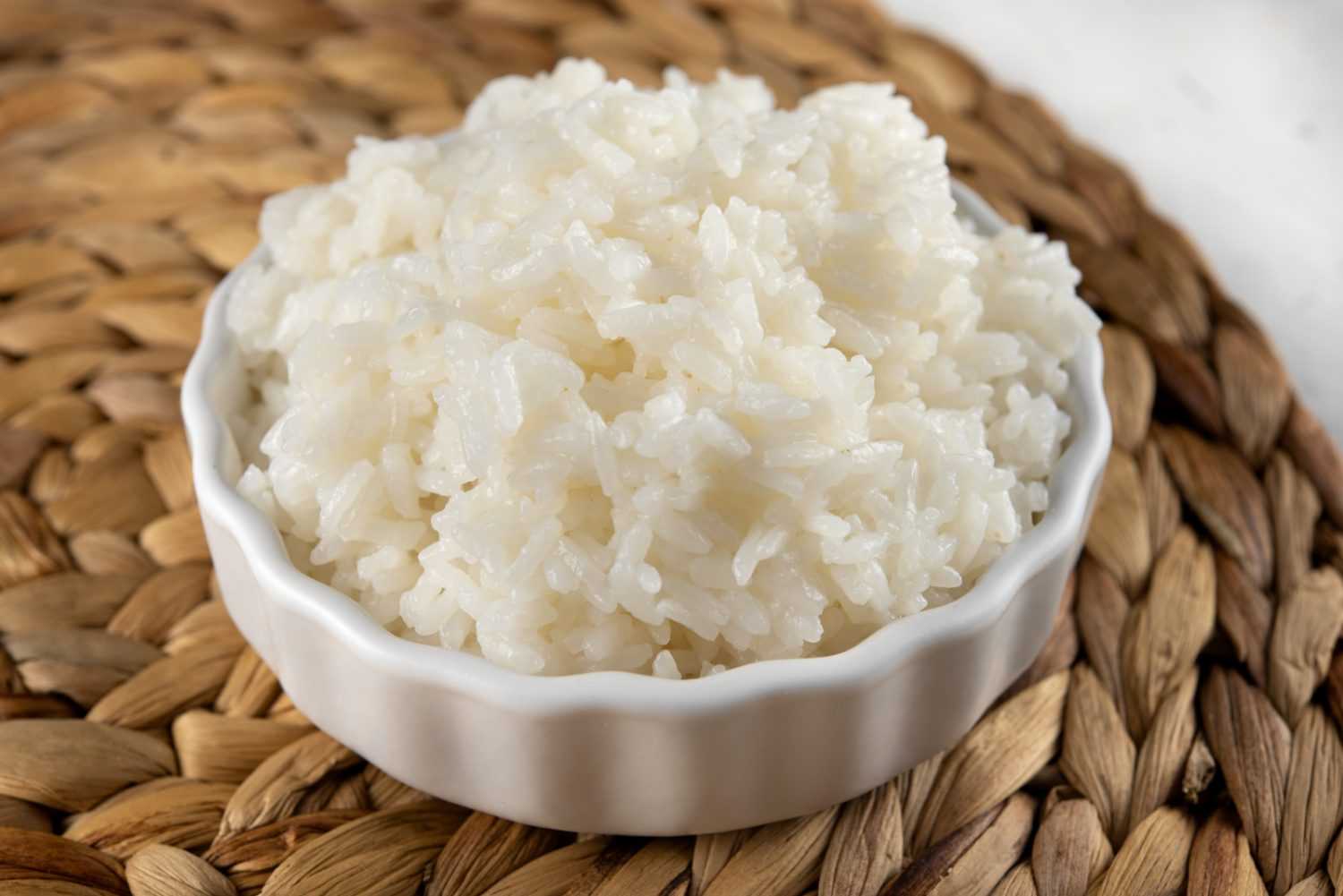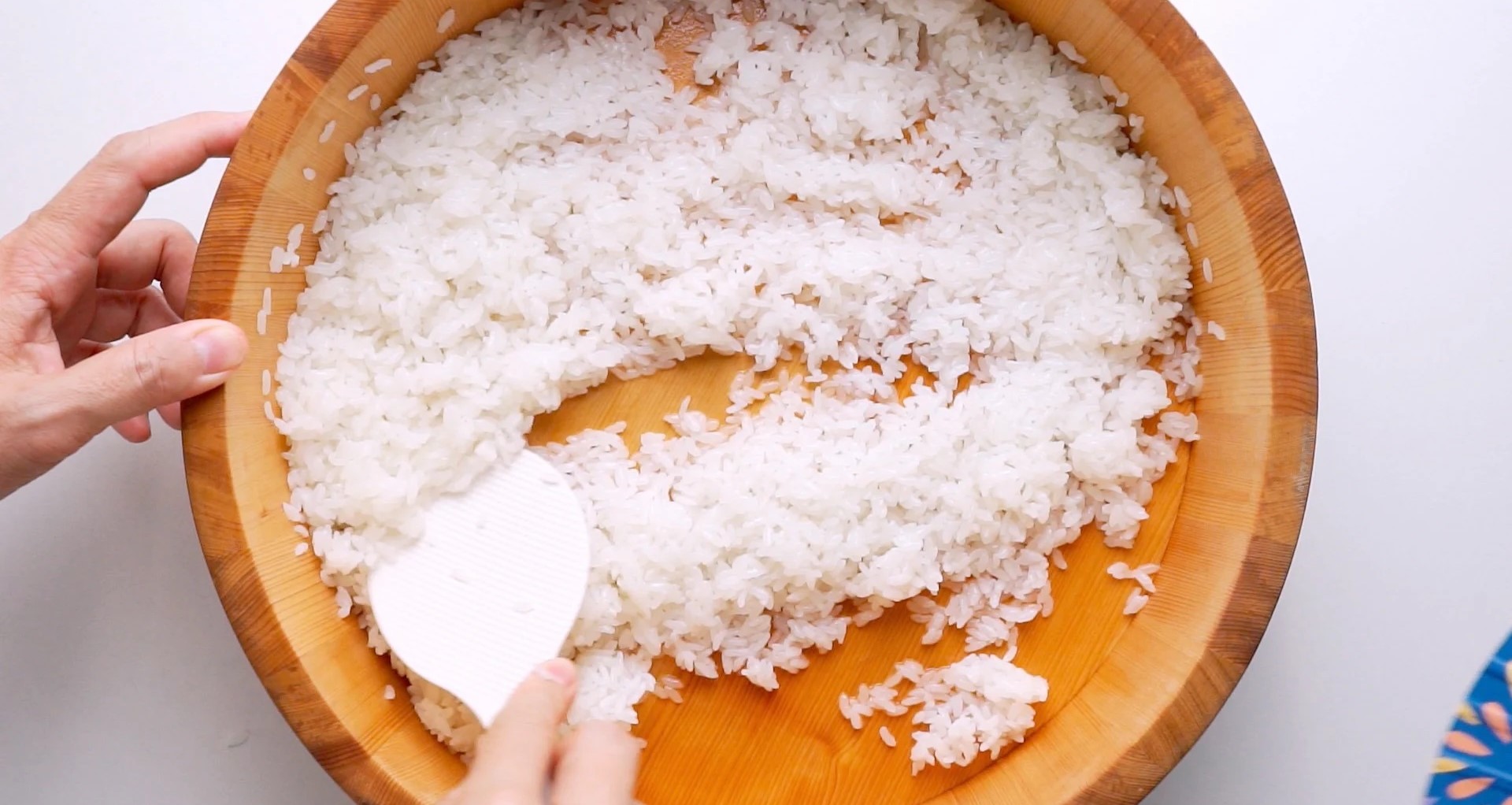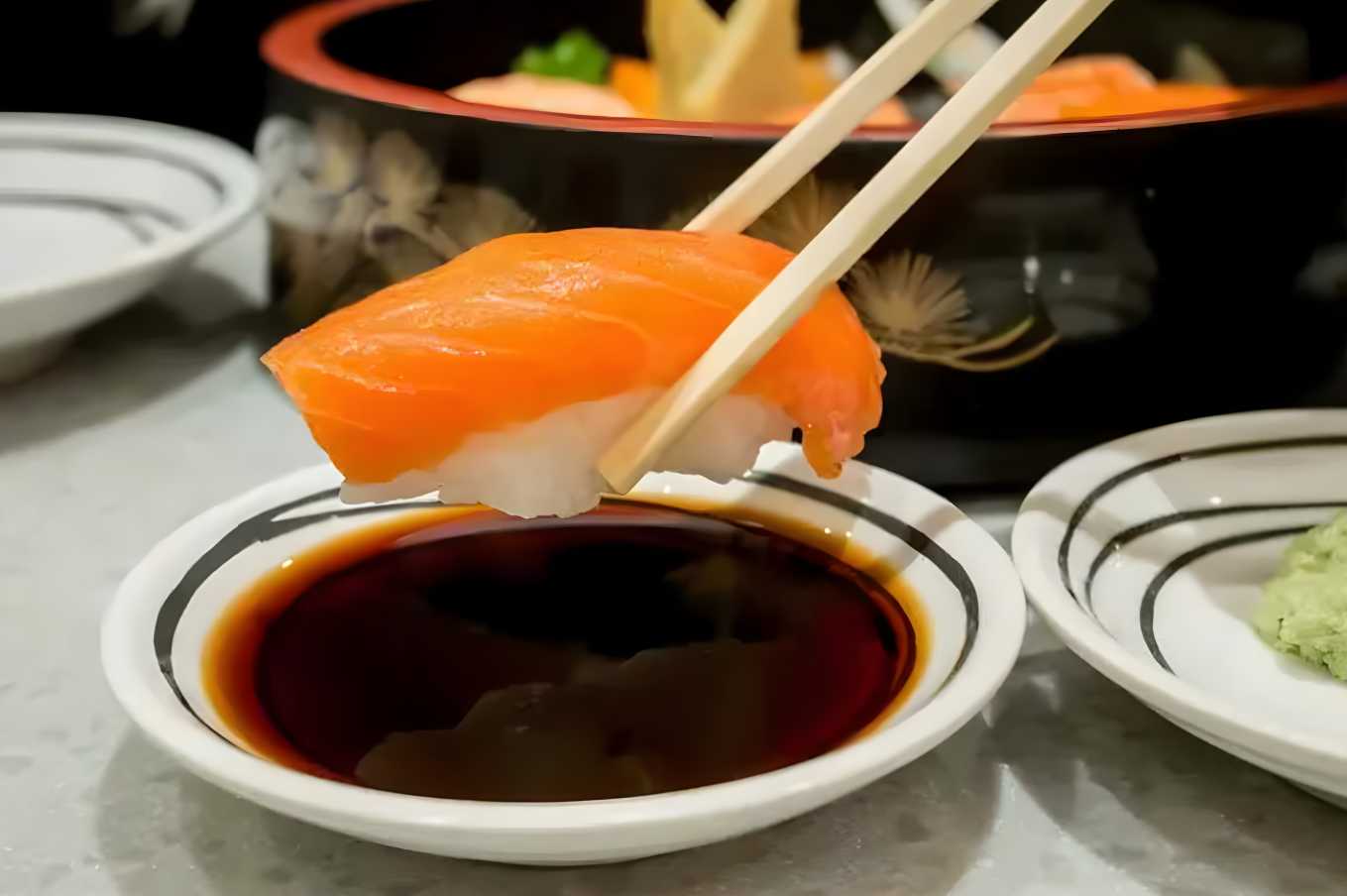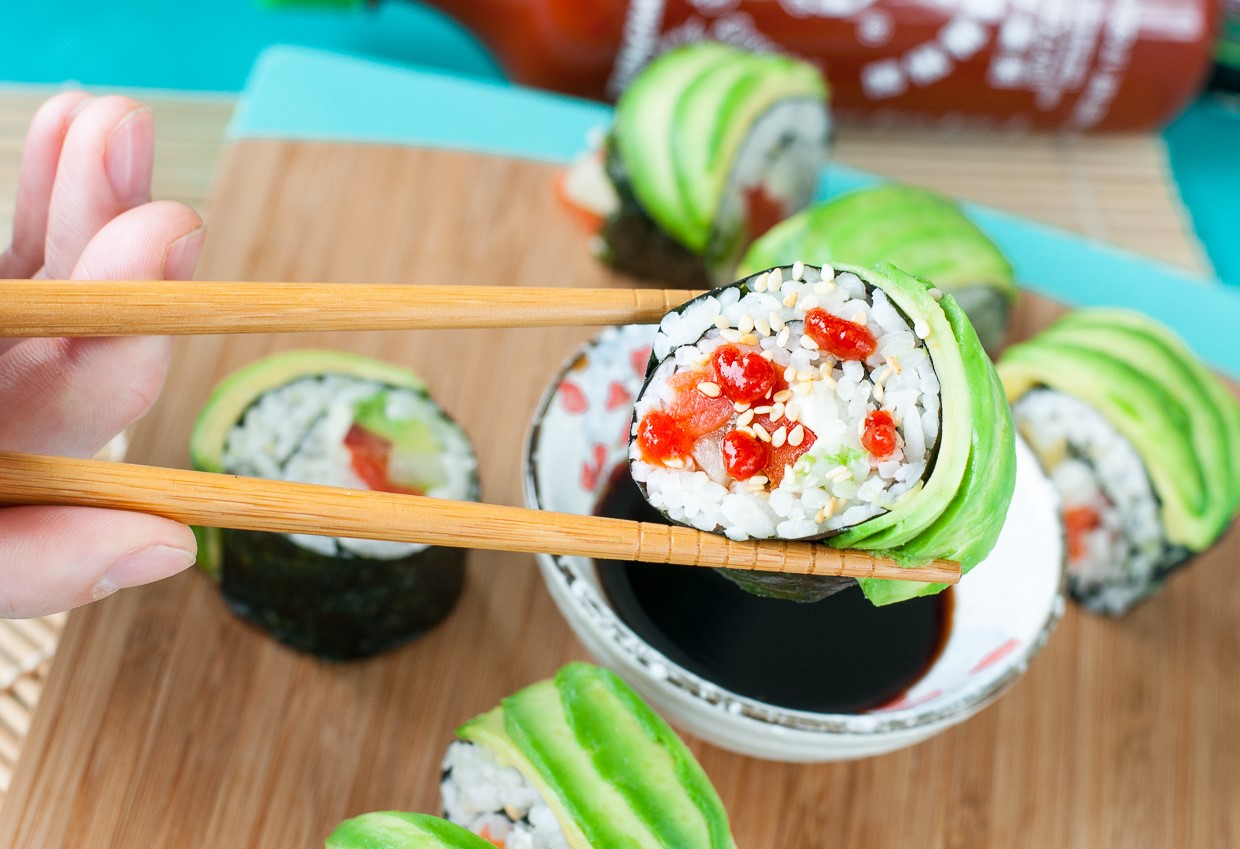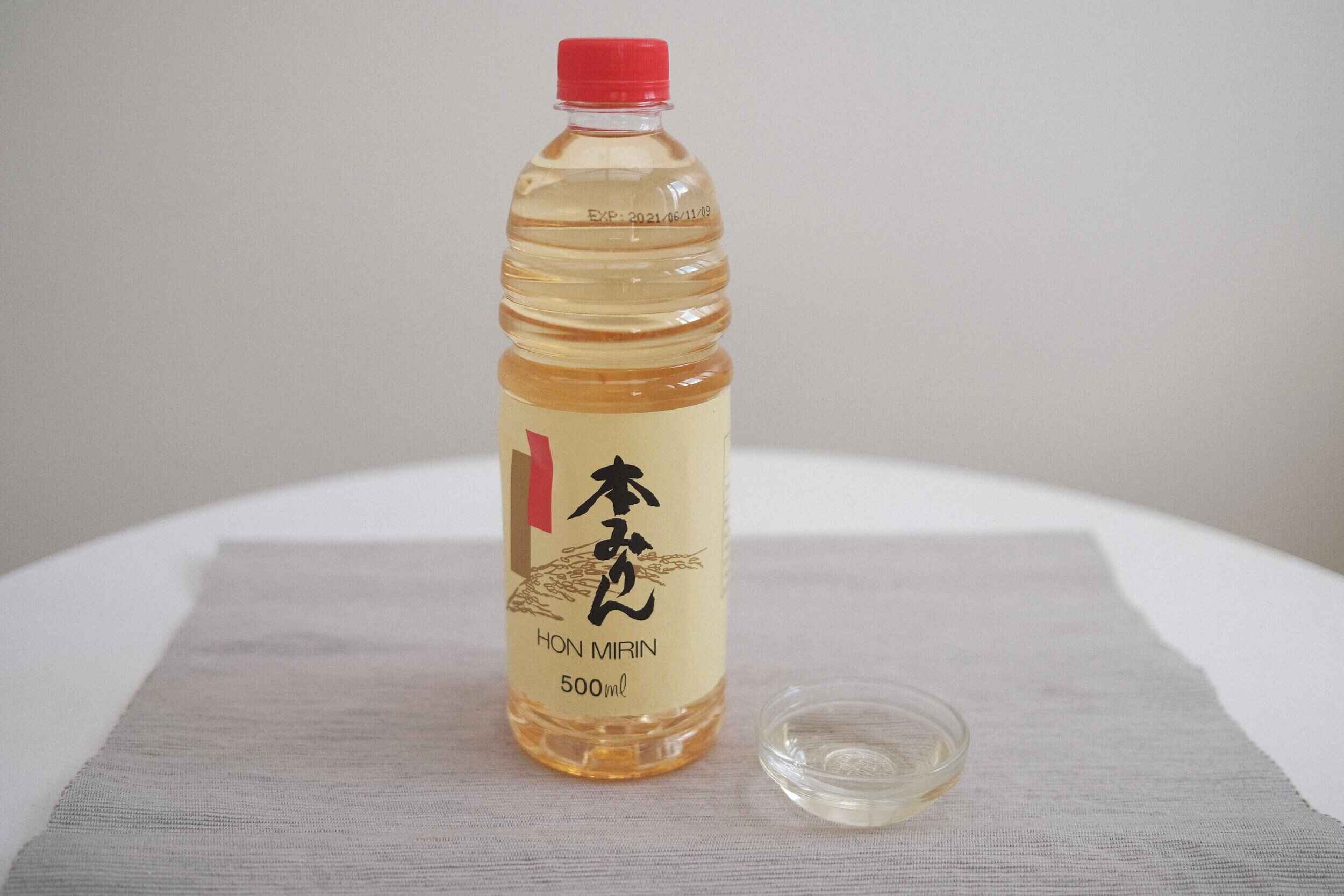Learn How to Debone Dove Breast Like a Pro
Deboning dove breast can be a delicate and precise task, but with the right technique, it can be a rewarding and delicious process. Whether you’re a seasoned hunter or just looking to try something new in the kitchen, deboning dove breast is a skill worth mastering. Follow these simple steps to learn how to debone dove breast like a pro.
What You’ll Need
Before you get started, gather the following items:
- Sharp boning knife
- Cutting board
- Freshly harvested dove breast
- Paper towels
Step 1: Prepare the Dove Breast
Begin by laying the dove breast on a clean cutting board. Use a paper towel to pat the breast dry, removing any excess moisture. This will make it easier to handle and provide better grip when deboning.
Step 2: Locate the Breastbone
Using your fingers, gently feel for the breastbone in the center of the breast. This will serve as a guide for where to make your initial incision.
Step 3: Make the Incision
With a sharp boning knife, carefully make a small incision along one side of the breastbone. Take your time and use small, precise cuts to avoid damaging the meat.
Step 4: Follow the Bone
Once you’ve made the initial incision, use the tip of the knife to follow the contour of the breastbone, separating the meat from the bone as you go. Be sure to keep the knife as close to the bone as possible to maximize the amount of meat you’re able to salvage.
Step 5: Remove the Bone
As you work your way around the breastbone, continue to gently separate the meat until the bone is completely freed from the breast. Take care to avoid cutting through the meat or leaving any bone fragments behind.
Step 6: Trim and Clean
Once the breastbone is removed, take a moment to trim away any excess fat or connective tissue from the breast. This will ensure a clean and uniform appearance and improve the overall texture of the meat.
Step 7: Repeat the Process
Repeat the deboning process for the remaining dove breasts, taking care to handle each one with precision and attention to detail.
Step 8: Enjoy the Fruits of Your Labor
With your dove breasts expertly deboned, you’re now ready to prepare them in your favorite recipes. Whether you choose to grill, roast, or pan-sear the meat, you can take pride in knowing that you’ve mastered the art of deboning dove breast like a pro.
By following these simple steps, you can confidently tackle the task of deboning dove breast and elevate your culinary skills to new heights. With patience and practice, you’ll soon be able to expertly debone dove breast with precision and finesse.
Happy cooking!
For those looking to put their newfound dove deboning skills to the test, there are several recipes that stand out. The Grilled Dove Breast with Herb Marinade is a great starting point, offering a straightforward yet flavorful preparation. If you're in the mood for something a bit more indulgent, the Dove Breast Wrapped in Bacon delivers a satisfying combination of smoky and savory. For a twist on classic Mexican cuisine, Dove Breast Tacos with Fresh Salsa provide a fresh and zesty option. Meanwhile, the Pan-Seared Dove Breast with Garlic Butter is perfect for those who love a rich, buttery finish. Finally, for an elegant dinner option, the Dove Breast in Red Wine Reduction promises a sophisticated taste that will impress any guest. These recipes not only highlight the versatility of dove breast but also allow you to enjoy the fruits of your labor in various delicious ways.
Was this page helpful?
Read Next: How To Debone Smelt
